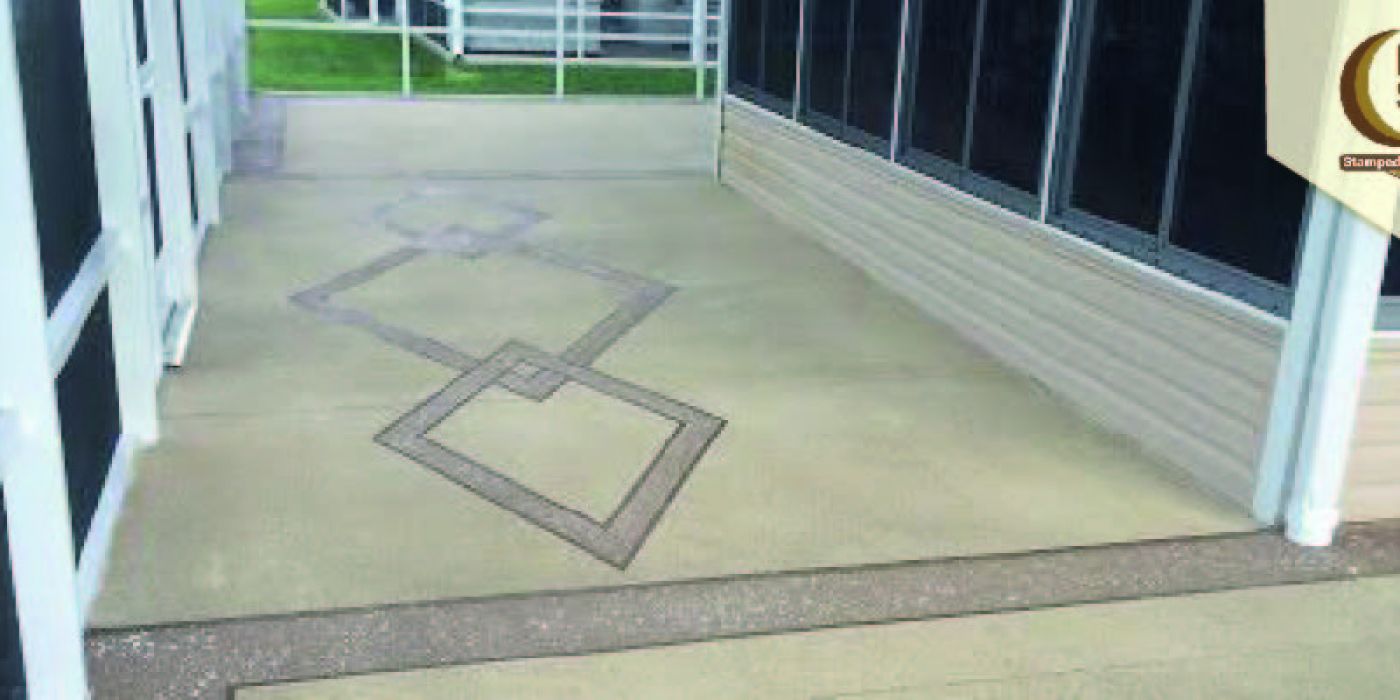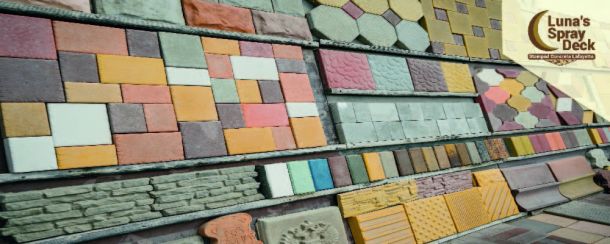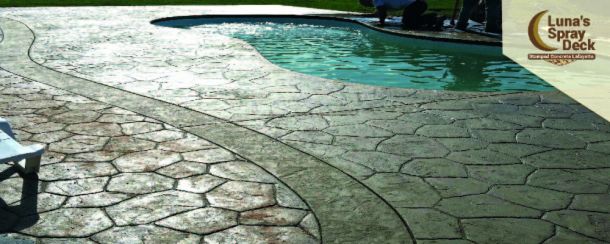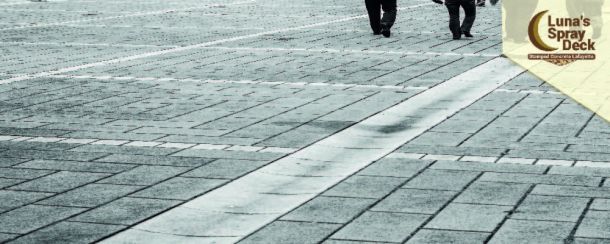
A Comprehensive Beginner's Guide to Stamped Concrete
BLOG
Ayudando a propietarios de negocios con recubrimiento de concreto estampado en la ciudad de Lafayette, Opelousas, Lake Charles, Youngsville y Baton Rouge.
A Comprehensive Beginner´s Guide to Stamped Concrete
Are you considering adding a touch of elegance to your outdoor spaces or revamping your driveway and walkways? Stamped concrete might be the perfect solution for you. This decorative and versatile construction technique can transform plain concrete surfaces into eye-catching works of art. In this comprehensive guide, we'll introduce you to the world of stamped concrete and help you get started on your first project.
What Is Stamped Concrete?
Stamped concrete, also known as patterned or imprinted concrete, is a decorative concrete technique used to mimic the appearance of various materials like brick, stone, tile, wood, and more. It's widely used in outdoor projects such as driveways, patios, walkways, and pool decks. The process involves stamping patterns and textures onto freshly poured concrete to create a visually appealing surface.
Benefits of Stamped Concrete
Aesthetic Appeal: Stamped concrete can replicate the look of high-end materials at a fraction of the cost.
Durability: It's long-lasting and can withstand various weather conditions.
Low Maintenance: Requires minimal maintenance compared to traditional materials like pavers or natural stone.
Versatility: Available in a wide range of patterns and colors to suit your style.
Increased Property Value: Enhances the curb appeal and value of your home.
Getting Started with Stamped Concrete
1. Planning Your Project:
Determine the area you want to cover with stamped concrete.
Choose the pattern and color that complements your property's aesthetic.
Calculate the amount of concrete needed for your project.
2. Preparing the Surface: Ensure the subbase is properly prepared and compacted.
Install any necessary reinforcement, such as rebar or wire mesh.
Create forms to define the edges of your concrete area.
3. Mixing and Pouring:Mix the concrete according to the manufacturer's instructions.
Pour the concrete evenly into the prepared area.
4. Stamping and Texturing:Once the concrete is firm enough to support your weight but not fully set, begin stamping.
Use specialized stamps to create the desired pattern and texture.
Pay attention to details and ensure a uniform appearance.
5. Coloring and Sealing:
Apply concrete colorant to achieve the desired hue.
After the concrete has cured, seal it to protect against staining and enhance longevity.
6. Maintenance:
Regularly clean and reseal the stamped concrete to maintain its appearance.
Common Mistakes to Avoid:
Rushing the stamping process.
Neglecting proper curing and sealing.
Using low-quality concrete or colorants.
Skipping surface preparation.
Conclusion
Stamped concrete is an excellent choice for enhancing the beauty and functionality of your outdoor spaces. With careful planning, proper execution, and ongoing maintenance, you can create stunning surfaces that will last for years to come. Whether you're a DIY enthusiast or hiring a professional, this beginner's guide should help you get started on your stamped concrete journey. Transform your plain concrete surfaces into captivating masterpieces and enjoy the benefits of this versatile construction technique.
Terrazas de piscinas, patios, pasarelas, entradas de vehículos, vías de entrada, epoxi para garajes, revestimiento de hormigón de imitación de madera, tablones de madera, juntas de masilla, estampado personalizado.
Nearby Accommodations
Latest Articles

Eco-Friendly Alternatives to Concrete

Stamped Concrete in Wet Areas



